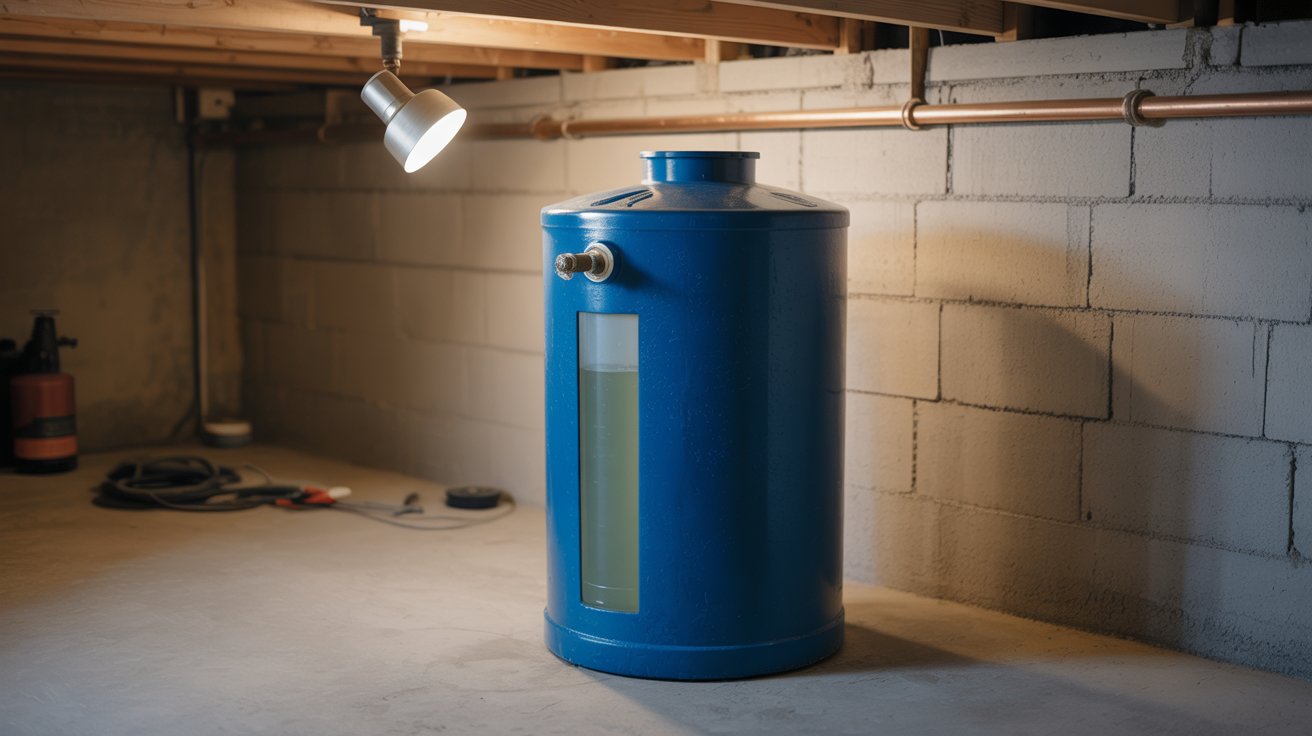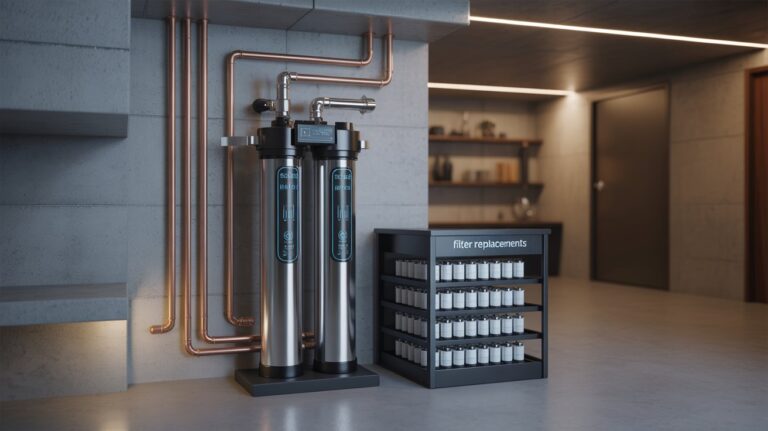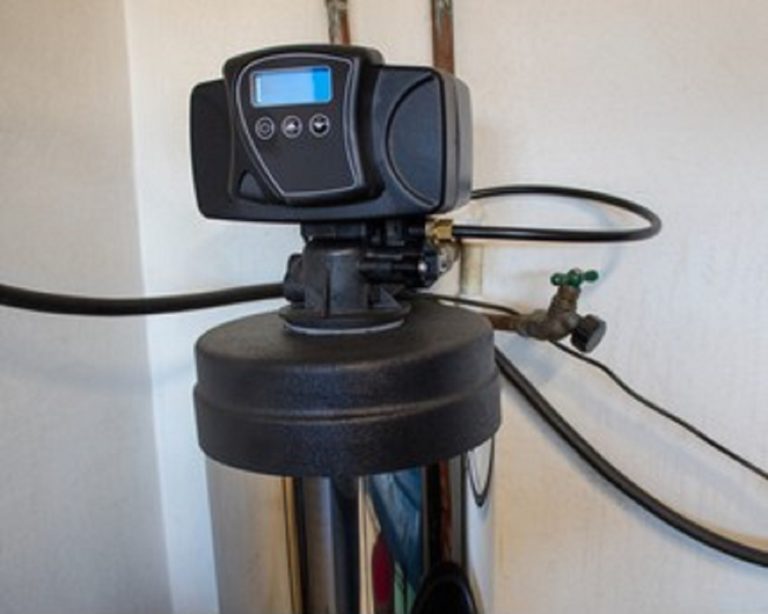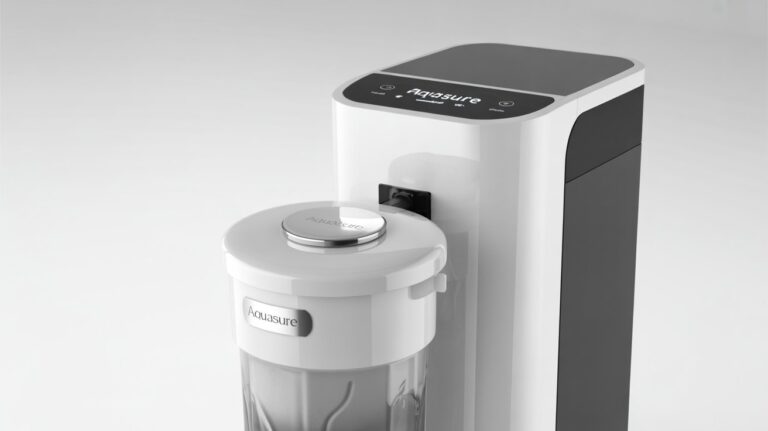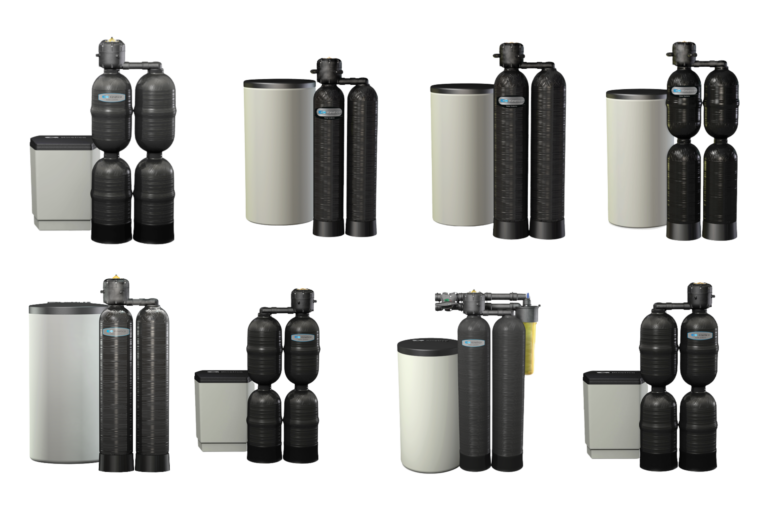The Secrets Held Within the Brine Tank
Have you ever wondered about the mysteries lurking in something as humble as a brine tank? It might seem like a mundane part of our daily lives, but this unsung hero performs quiet miracles, transforming ordinary tap water into a friendlier, more efficient version of itself. Let’s embark on an enlightening journey to uncover the secrets of the brine tank, and who knows, you might just find it as fascinating as I do.

The Role of the Brine Tank
The brine tank is an essential component of a water softener system, designed to combat the insidious effects of hard water. But what exactly is its role? Picture it as the pantry that stores the main ingredient—the salt—that transforms your hard water woes into smooth sailing. In simple terms, the brine tank is responsible for creating the brine solution, which is crucial for recharging the resin beads in the water softener.
Understanding the Basics
At its core, the brine tank holds a solution of salt and water. This solution plays a pivotal role in the ion exchange process that occurs within the water softener system. As harsh as ion exchange might sound, it’s really just a trade of sorts. Calcium and magnesium in your water are swapped for the more benign sodium ions, thanks to the magic happening inside the resin beads. The brine solution acts as the reset button for these beads, ensuring they’re ready to continue their work of softening water.
The Importance of Soft Water
Why should anyone care about soft water, you might ask? Well, hard water can be quite the pest. It leaves soap scum on your tub, roughens your clothes, and even clogs your pipes. Having soft water means less spending on cleaning supplies and repairs, and a more pleasant bathing experience. It all circles back to the brine tank working diligently behind the scenes.
A Deep Dive into the Brine Tank’s Inner Workings
What goes on inside the brine tank might not be rocket science, but it certainly is an elegant process worth appreciating. Let’s lift the lid, metaphorically speaking, and explore its multiple roles and processes.
How Much Salt Does a Brine Tank Hold?
A common curiosity about brine tanks is their salt capacity. Generally, the amount of salt required in a brine tank depends on the type and size of the water softener, as well as the hardness of your water. While the average residential brine tank holds between 200 to 400 pounds of salt, it’s not necessary to fill it to the brim all at once. Instead, maintaining a level where the salt is always above the water ensures optimal operation.
| Tank Size (Gallons) | Approx. Salt Capacity (lbs) |
|---|---|
| 18 | 200 |
| 22 | 400 |
The Brine Solution Cycle
Every few days, the brine tank gets to work during a process called regeneration. This involves dissolving the salt to create a brine solution, which then flows into the water softener tank. Here, it rejuvenates the resin beads, freeing them of calcium and magnesium ions they’ve caught from your water. The used brine solution, now saturated with these hardness minerals, is flushed out, leaving the resin beads fresh and ready to tackle more hard water.
Choosing Your Brine Tank Salt Wisely
The effectiveness of your brine tank largely depends on the type of salt you choose. It’s a choice you might not think twice about, but as with many things, there’s more than meets the eye.
Types of Salt for Brine Tanks
You’ve essentially got three main contenders when it comes to salt types: rock salt, solar salt, and evaporated salt. Each type offers different benefits and potential shortcomings.
- Rock Salt: This is the most affordable option. It’s essentially the salt mine’s yield in its rawest form. However, its high impurity level may lead to residue build-up in your tank.
- Solar Salt: Harvested from evaporated seawater, this salt is purer than rock salt, meaning less residue. Its intermediate pricing often makes it a popular choice.
- Evaporated Salt: The crème de la crème of salts, evaporated salt is almost pure sodium chloride, ensuring minimal residue. Its cost reflects its purity, often the highest among the three.
Making the Right Choice
When choosing salt, consider your budget, the hard water level in your area, and the frequency of cleaning you’re willing to undertake. If maintenance isn’t your forte, you might prefer evaporated salt for its cleanliness. Meanwhile, solar salt offers a nice balance of cost-efficiency and purity.
Maintaining Your Brine Tank
The secret to a well-functioning brine tank lies in regular maintenance. Just like any relationship, neglect can lead to problems down the line, and your brine tank is no exception.
Regular Checks and Cleaning
One of the simplest tasks you can do is periodically check the salt level and refill it as necessary. More importantly, ensure that the salt used is dissolving properly and that a salt bridge isn’t forming. A salt bridge—a crusty layer of salt—can impede the tank’s ability to make the necessary brine solution.
Here’s a quick checklist for maintaining your brine tank:
- Check the Salt Level: Aim to replenish the salt before it dips below the water line.
- Break Up Salt Bridges: A gentle broomstick poke can clear the crust.
- Clean the Tank Periodically: Once a year should suffice, removing any sludge or debris accumulated over time.
Recognizing Problems
Sometimes, despite your best efforts, issues can arise. You might notice hard water signs creeping back, indicating a potential problem with regeneration. It could be a clogged injector, an obstructed valve, or a more complex issue with the water softener. Keeping a record of these signs can assist in diagnosing future problems.
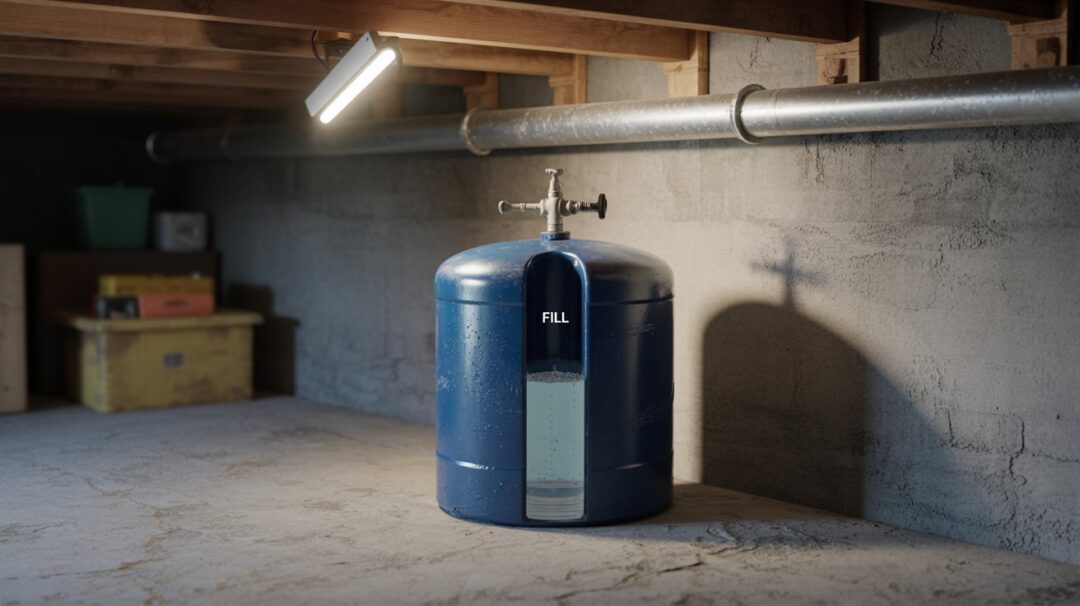
Environmental Considerations
Everything we do has an impact on the planet, and it’s essential to consider the environmental facets of water softening. The salt used in brine tanks eventually makes its way into the ecosystem, so being mindful of your salt choice and usage is vital.
Minimizing Environmental Impact
Consider opting for high-efficiency water softeners that use less salt and water. Also, explore potassium chloride as an alternative to sodium chloride for a more environmentally friendly approach. Its higher solubility means less danger of salt residue build-up.
The Social Side of the Brine Tank
You might not expect it, but there’s a fascinating social aspect to brine tanks and water softeners. They connect us to communities through shared water supplies and contribute to conversations about sustainable water use.
Community Water Softening
In some areas, especially those with particularly hard water, communal water softening solutions exist. These systems address the water hardness issue on a larger scale, highlighting the importance of communal efforts in tackling environmental challenges.
Fostering Sustainable Practices
The humble brine tank has a role to play in home sustainability practices—from reducing the chemical use typically required to tackle hard water stains, to fostering a more extensive understanding of how we interact with our water resources.
Concluding Thoughts
The brine tank, underappreciated as it often is, holds a realm of secrets and responsibilities that enrich our lives in ways we might not immediately see. From mitigating hard water annoyances to enhancing the lifespan of your appliances, it’s a quiet champion in maintaining our home comforts and communal resources. As you ponder your next glass of water, toast the hard-working brine tank; after all, its quiet toil makes the difference in each softened drop.

